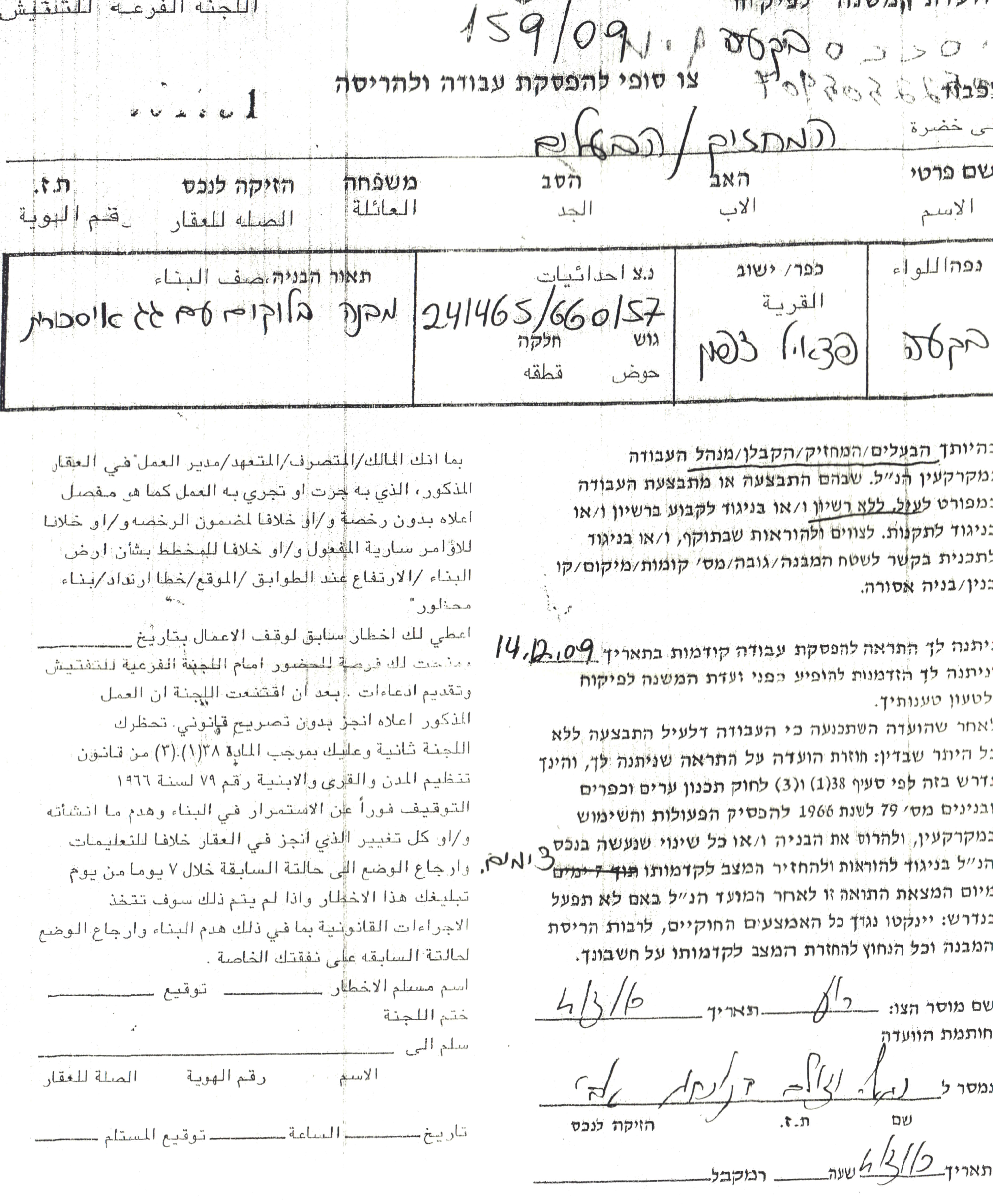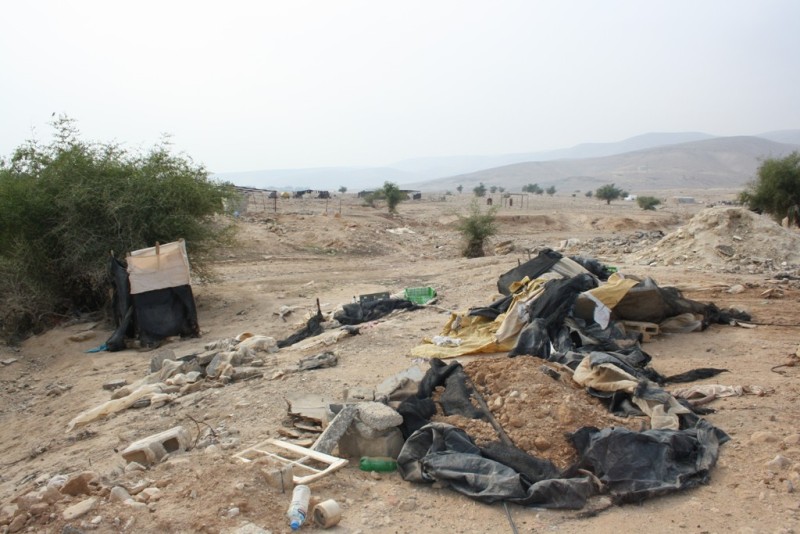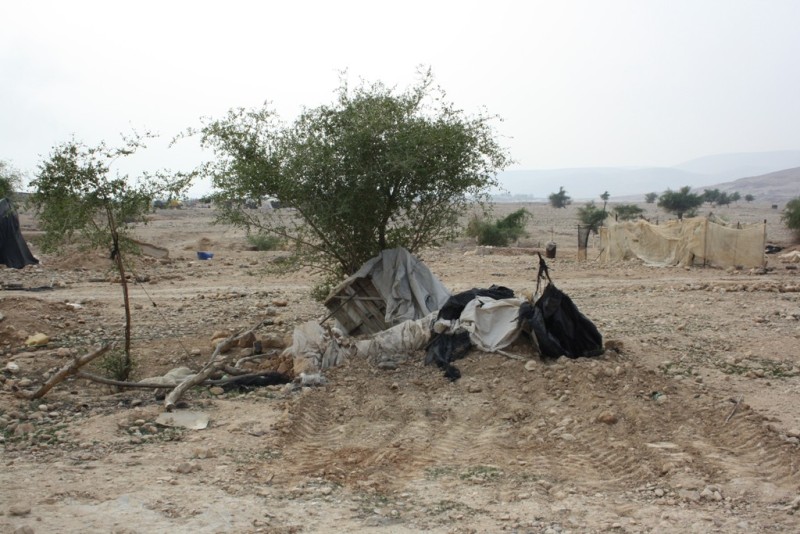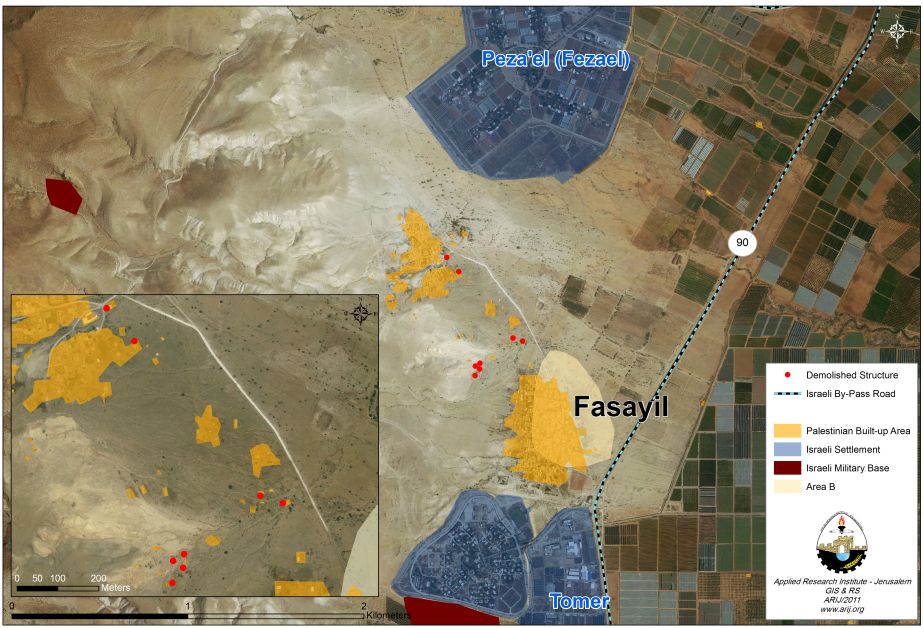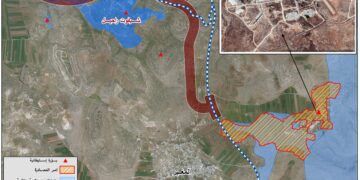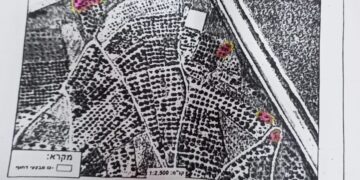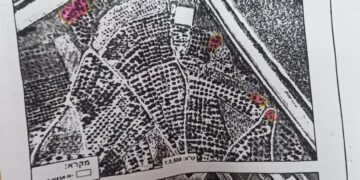Fasayel Village:
Fasayel, a Palestinian village located about 23 Kilometers north of the city of Jericho and is inhabited by 1132 residents (PCBS 2010). The village is surrounded by a set of illegal Israeli settlements from its northern and southern directions, which have limited the urban expansion of the village over the years as its urban area stands only on 194 dunums of land. In addition, these settlements have prevented villagers from exercising their normal lives.
Fasayel village is bordered by the Israeli settlement of Yafit and Pezael from the north, the settlements of Gilgal, Tomer and Netiv Hegdud from the South, and the Israeli bypass road number 90
from the east and a number of Israeli military bases from its west.
Table 2
|
Table 02: The Israeli settlements bordering Fasayel Village
|
|
No.
|
Settlement Name
|
Date of Establishment
|
Population
|
|
1.
|
Pezael
|
1972 |
272 |
|
2.
|
Yafit
|
1980 |
158 |
|
3.
|
Tomer
|
1978 |
303 |
|
4.
|
Gilgal
|
1970 |
171 |
|
5.
|
Netive Hegdud
|
1975 |
177 |
|
6.
|
Total
|
—
|
1081
|
|
ARIJ Database 2011
|
Previous Israeli attacks against Fasayel village in Jericho Governorate
On June 14, 2011, more than 30 Israeli military vehicles, protected by two Israeli bulldozers, stormed Fasayel
[ village north of the city of Jericho in the Jordan valley and demolished without prior notification, 26 residential barracks and tents owned by local Palestinian families in the village, in addition to confiscating the electricity wires in the area.
On the 9
th of June 2010,
the Israeli Occupation Authorities handed out residents of
Fasayel village a number of military orders stating the evacuation and demolition of their homes and sheep barns and fodder stores allegedly for being built without proper building authorization from the Israeli Civil Administration due to their location in area C
, which falls under the full Israeli control, according to Oslo II Interim Agreement of 1995.
On October, 21, 2009, the Israeli Occupation Authorities issued Palestinian residents of Fasayel village in the Jordan Valley 11 military orders notifying them to halt the construction of their shelters which are made of tin alleged for lacking proper authorization. The Israeli halt of construction orders came in sequence to series of demolition orders issued by the Israeli Army over the past few years in both villages
Conclusion
The Israeli campaign of house demolitions is carried out by the Israeli Army and obviously violates International humanitarian law, International conventions and various United Nations resolutions.
According to Article 53 of the Fourth Geneva Convention Israel is prohibited to demolish Palestinian houses under which provides that: ‘Any destruction by the Occupying Power of real or personal property belonging individually or collectively to private persons, or to the State, or to other public authorities, or to social or cooperative organizations, is prohibited, except where such destruction is rendered absolutely necessary by military operations’.
Under the same convention, Article 147 provides that ‘extensive destruction and appropriation of property, not justified by military necessity and carried out unlawfully and wantonly’ is a grave breach of international law.
Moreover, the International Convention on the Elimination of All Forms of Racial Discrimination (1965) Article 5 provides that: ‘States’ or Parties must undertake to prohibit and eliminate racial discrimination in all of its forms and to guarantee the right of everyone, without distinction as to race, color, or national or ethnic origin, to equality before the law, notably in the enjoyment of the following rights: (e) in particular … (iii) the right to housing’.
::::::::::::::::_
[1] Israeli controlled road which links the Illegal Israeli settlements in the north with the others in the south
[4] According to the Oslo agreements signed between Israel and the Palestinian Liberation Organization (PLO) in 1995, Israeli forces redeployments were scheduled to take place so that by the end of year 1999, the Palestinians would gain control over 95% of the West Bank area; however, Israel did not comply with the signed agreements and proceeded to make delays on the transfer of powers and responsibilities relating to territory to the Palestinian National Authority (PNA), which led to only partial withdrawal from the Palestinian land. By March 2000, the areas under effective Palestinian control (area A) amounted to no more than 18.2 %; area B amounted to 21.8% of the total West Bank total area while the remaining area which constituted 60% of the total West Bank area remained under the full Israeli control and weren’t handed over to the Palestinians. Israel is illegally targeting Palestinian homes in areas under their control, which, according to the signed agreements, were supposed to be delivered back to the Palestinians.
Prepared by:




